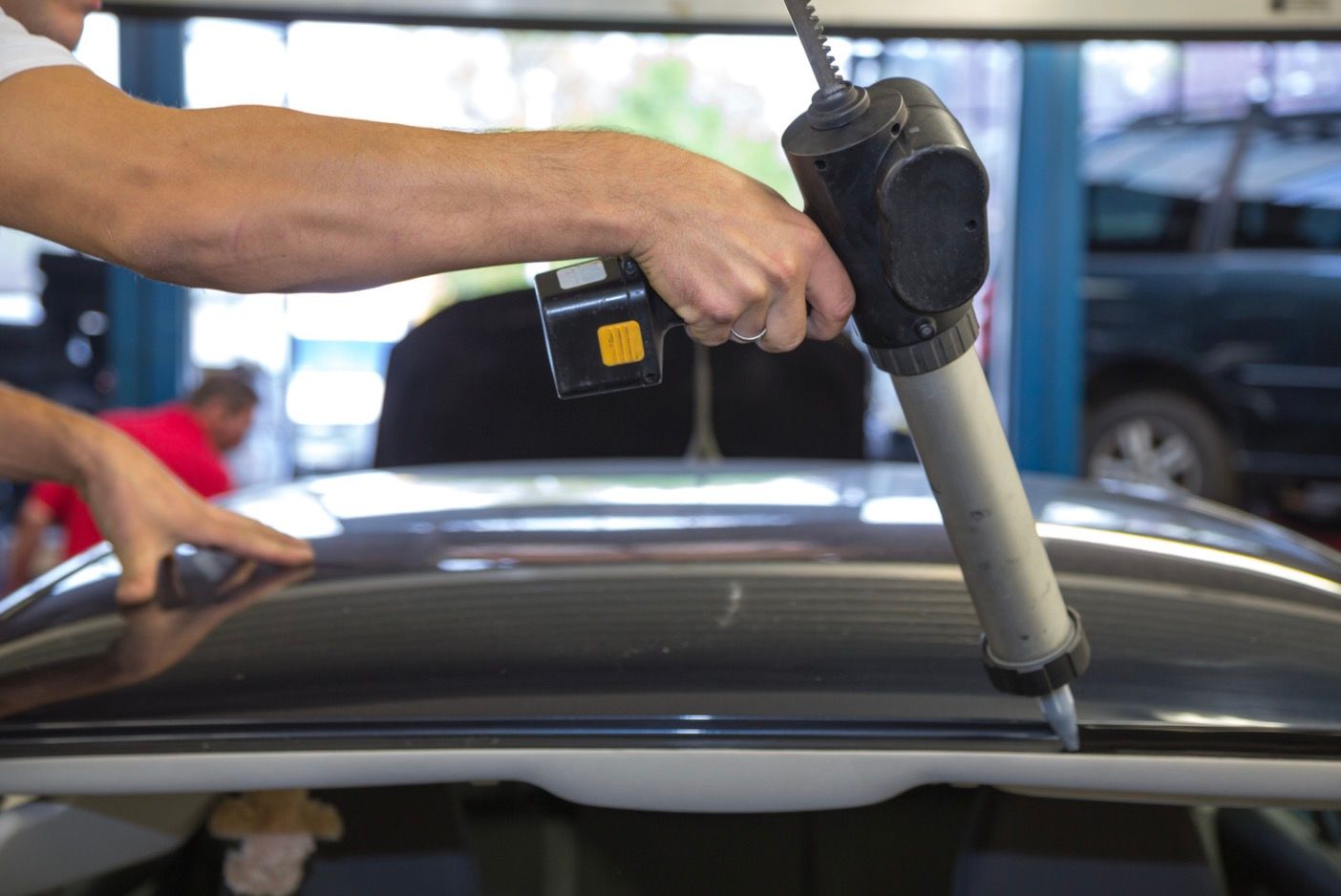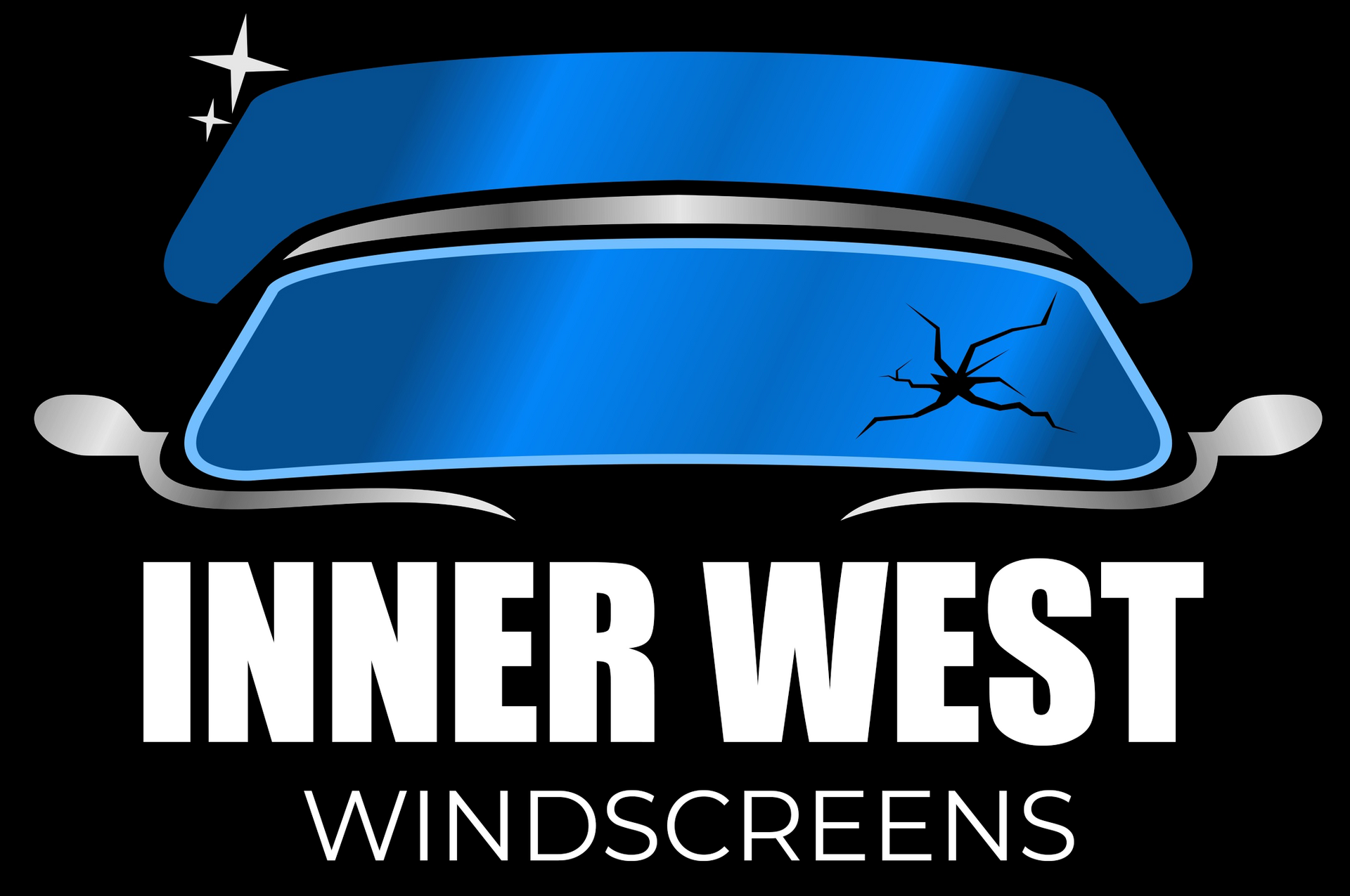What is Windscreen Calibration?
Windscreen calibration is the process of aligning and adjusting the sensors, cameras, and radar systems integrated into your vehicle’s windscreen, particularly those that are part of advanced driver assistance systems (ADAS). These systems are designed to enhance vehicle safety and performance by providing features like lane-keeping assistance, adaptive cruise control, automatic emergency braking, and collision detection.

Understanding ADAS and its Role in Windscreen Calibration
ADAS technology incorporates a wide range of safety features designed to assist drivers and significantly enhance vehicle safety. These systems, which include sensors, cameras, and radar, are often mounted on the windscreen and play a pivotal role in ensuring safe and efficient driving. Advanced driver assistance systems (ADAS) rely on precise data from these components to support functions like lane-keeping assistance, adaptive cruise control, automatic emergency braking, and pedestrian detection.
To maintain the accuracy and effectiveness of these systems, ADAS calibration is essential. Calibration ensures that the sensors, cameras, and radar are correctly aligned and functioning as intended. This process becomes especially important after a windscreen replacement, windscreen repairs, or any impact that may affect the positioning of the sensors. If the windscreen is replaced, or the vehicle undergoes repairs that affect the ADAS components, recalibration is necessary to restore full functionality and prevent potential safety hazards.
Windscreen camera calibration, which is a critical part of ADAS windscreen calibration, plays a key role in vehicles that rely on a windscreen-mounted camera to monitor the road ahead. This camera is essential for various ADAS features, such as lane departure warnings and forward collision detection. If the camera lens is misaligned or the windscreen is replaced, the ADAS system’s accuracy can be compromised. Windscreen recalibration ensures that the camera is properly aligned to monitor the road accurately, allowing features like adaptive cruise control and automatic emergency braking to function effectively.
In addition, ADAS systems rely on a combination of sensors and cameras to provide real-time data for safety features. Without proper windscreen calibration, including precise ADAS camera calibration, these features can become unreliable, which could lead to system failures or malfunctions. Whether it's a simple windscreen repair or a more complex windscreen replacement, ensuring that your ADAS system is properly calibrated is vital for maintaining the safety of both the vehicle and its occupants.
Why is Windscreen Calibration Important?
Proper ADAS calibration is crucial for ensuring that safety features, such as adaptive cruise control, lane-keeping assistance, automatic emergency braking, and collision avoidance, operate as intended. These advanced driver assistance systems rely on precise data from sensors, cameras, and radar to make real-time decisions that help prevent accidents and improve driving safety. Calibration ensures that these components are correctly aligned and calibrated, enabling them to detect and respond to potential hazards accurately.
An incorrectly calibrated ADAS system can result in inaccurate readings, leading to several potential issues, including false alerts, system malfunctions, or even failure to detect obstacles or hazards. For instance, a misaligned camera or sensor might cause the lane-keeping assist system to mistakenly steer the vehicle, or the adaptive cruise control could misjudge the distance between vehicles, causing sudden acceleration or braking. These issues can significantly compromise the safety of the vehicle and its occupants.
If your vehicle has undergone a windscreen replacement, recalibrating the ADAS system is essential. Windscreen-mounted cameras, sensors, and radar systems are often affected during the replacement process. If these components are not properly recalibrated after the windscreen replacement, the ADAS systems may not function correctly, potentially leading to unsafe driving conditions. Even small shifts in the position of the windscreen or sensors can have a big impact on the accuracy of these systems.
Furthermore, other repairs, impacts, or accidents that affect the windscreen or ADAS components may also require recalibration. To ensure that the vehicle continues to provide optimal safety, it's essential to have the windscreen recalibrated as soon as any changes are made to the vehicle's structure or components.
The Process of Windscreen Calibration
Windscreen calibration is a critical procedure that ensures all components of the vehicle’s advanced driver assistance systems (ADAS) are properly aligned and functioning. This involves aligning the cameras, sensors, and radar systems mounted on or around the windscreen. These components are integral to the vehicle's safety features, such as lane-keeping assist, adaptive cruise control, and automatic emergency braking, and need to be calibrated to provide accurate data for these systems to function optimally.
There are two primary methods of calibration: *static calibration* and *dynamic calibration*. Both methods are designed to ensure the precise alignment of the vehicle’s sensors and cameras, but they are carried out in different ways.
Static Calibration
Static calibration involves the use of specialized equipment in a controlled environment, such as a workshop or garage, to align the cameras and sensors. This method typically requires the vehicle to be placed in a specific position, often using a calibration target or a machine that measures the distance and angles of the cameras, radar, and sensors relative to the vehicle’s structure.
During static calibration, the technician will use advanced tools and software to align each component based on predefined specifications. This method is often used when the vehicle is stationary, and the systems are calibrated without needing to drive the vehicle. It is an accurate and reliable way to calibrate sensors and cameras when the conditions are stable, ensuring that all components are aligned according to the manufacturer's specifications.
Static calibration is generally used for sensors and cameras that are not heavily affected by driving dynamics or environmental factors. However, for some vehicles and systems, static calibration may not be sufficient, especially when a more complex adjustment is required to fine-tune the system’s response to real-world conditions.
Dynamic Calibration
Dynamic calibration, on the other hand, requires the vehicle to be driven on a road to allow the system to adjust itself in real-world conditions. During dynamic calibration, the vehicle’s cameras, sensors, and radar are calibrated while the vehicle is in motion, often by driving at specific speeds or following a prescribed route. The vehicle's ADAS system collects real-time data from the road, allowing it to fine-tune the alignment and accuracy of its components as it adapts to different driving environments.
This method is particularly useful for calibrating cameras and sensors that rely on the vehicle's movement to fine-tune their response, such as the windscreen camera used for lane departure warnings or adaptive cruise control. By driving the vehicle, the system can adjust based on the vehicle’s actual performance and the surrounding environment, ensuring the most accurate calibration possible.
Dynamic calibration typically requires more time and effort than static calibration because it involves road testing. However, it ensures that the ADAS system is thoroughly calibrated for real-world driving conditions, making it a crucial step for vehicles equipped with complex safety features that must respond to dynamic road conditions.
Choosing Between Static and Dynamic Calibration
The choice between static and dynamic calibration depends on various factors, including the vehicle’s make and model, the type of ADAS features installed, and the condition of the vehicle. In many cases, both calibration methods may be used together for the most comprehensive calibration, with static calibration used initially to align the sensors and cameras, followed by dynamic calibration to fine-tune the system's performance.
It’s important to have windscreen calibration performed by a certified technician with the proper equipment and expertise, as improper calibration can compromise the functionality of the vehicle’s safety systems.
Mobile Calibration and Convenience
With the rise of mobile calibration services, vehicle owners now have the added convenience of having their ADAS systems recalibrated at home, work, or another preferred location. Mobile calibration allows technicians to come directly to the vehicle, equipped with the necessary tools and equipment to perform accurate windscreen camera calibration or a full ADAS calibration. This mobile service is especially beneficial for busy individuals who may not have time to visit a service center or those who prefer the ease of having their vehicle serviced without disrupting their schedule.
Whether you're in need of windscreen recalibration following a windscreen replacement, or a full ADAS windscreen calibration to ensure that your sensors, cameras, and radar systems are aligned and functioning properly, mobile calibration services offer a fast and efficient solution. Technicians can recalibrate your ADAS system, including advanced driver assistance systems such as lane-keeping assist, adaptive cruise control, and collision avoidance, ensuring that all safety features are working optimally. With mobile calibration, you don't have to worry about delays or inconvenient travel; your ADAS system can be recalibrated quickly without leaving your home or workplace.
Insurance Coverage and ADAS Calibration
Most insurance companies now cover the cost of ADAS windscreen calibration as part of their coverage for windscreen repairs or replacements, given the increasing importance of these systems in modern vehicles. ADAS systems, which include features like adaptive cruise control, automatic emergency braking, and lane-keeping assistance, rely heavily on precise calibration to function correctly. When your windscreen is replaced or repaired, recalibrating your ADAS system is necessary to maintain these safety features and ensure your vehicle is safe to drive.
However, it's important to check with your insurance provider to confirm whether calibration services are included in your policy. Some insurance companies may cover the cost of the calibration as part of their windscreen replacement coverage, while others may require you to pay separately for the service. If you’ve recently had a windscreen replacement, it's essential to have the ADAS system recalibrated promptly to avoid potential issues with your safety features and ensure that your vehicle is compliant with safety standards.
Conclusion
Windscreen calibration is vital for ensuring that your vehicle’s advanced driver assistance systems function correctly. With features like adaptive cruise control and collision avoidance becoming standard in modern vehicles, proper calibration is essential for maintaining safety and performance on the road. Whether after a windscreen replacement or repair, ensuring your ADAS systems are accurately calibrated helps avoid potential malfunctions and ensures your vehicle operates at its best.
About Inner West Windscreens
At Inner West Windscreens, we specialize in professional windscreen services designed to keep your vehicle safe and roadworthy. Serving the Sydney Inner West area, we offer expert windscreen repairs, replacements, and ADAS windscreen calibration to ensure your vehicle’s advanced safety features, such as adaptive cruise control and collision avoidance, function at their best.
With the increasing integration of advanced driver assistance systems (ADAS) in modern vehicles, our team is equipped with cutting-edge tools and training to provide accurate windscreen camera calibration, both at our workshop and through convenient mobile services. Whether you’ve experienced a minor chip or require a full windscreen replacement, we ensure your vehicle’s sensors, cameras, and radar are recalibrated to factory standards, maintaining your safety and performance on the road.
Customer satisfaction is at the heart of what we do. That’s why we work with major insurance providers, making the process of windscreen repairs or replacement seamless and hassle-free. With fast response times and a commitment to excellence, Inner West Windscreens is your trusted partner for all your automotive glass and ADAS calibration needs.
Categories
Auto Glass Services
